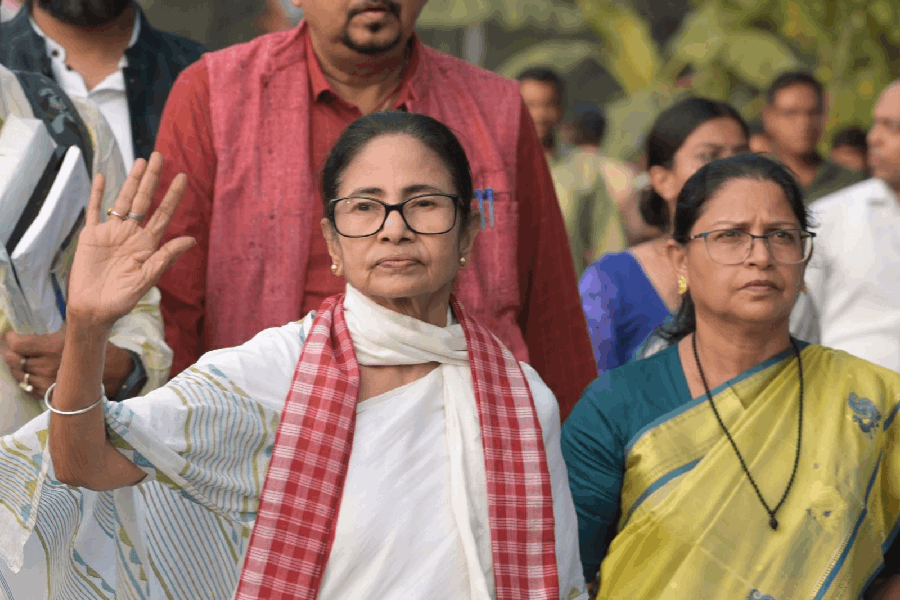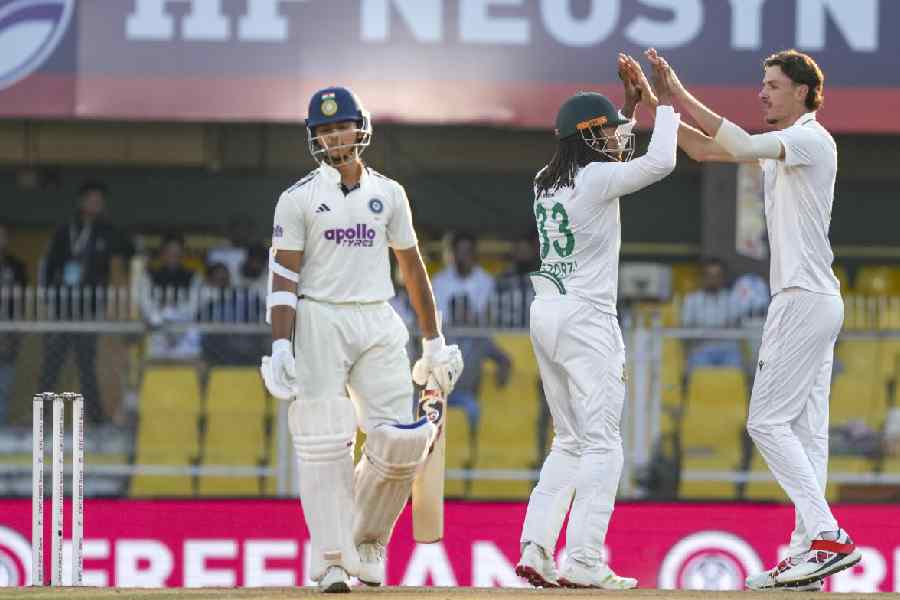The abuse may be “virtual,” but its impact is real and far-reaching for women because it leaves a “footprint” that cannot be erased, experts said at a programme on Tuesday focused on gender-based online violence.
While mobile phones have made life “simple,” unlike learning to drive a car or ride a bicycle, people are not taught how to use these devices safely, the panellists observed.
“The problem with online violence is that once it happens, it leaves a footprint, which becomes public and is permanent. It is difficult to undo the damage, and the content moves from one platform to another... Even if it is taken down, it might remain downloaded on someone’s device,” said Anuradha Kapoor, founder of Swayam, a feminist organisation committed to advancing gender equality.
She added: “The impact is deadly, and the abuse does not remain virtual because it affects women’s lives in very real ways. The consequences can be as severe as physical violence. Offline, one can still move away from the site of abuse, but online harassment follows a woman everywhere.”
Kapoor moderated the session on Tuesday, which included representatives from the Kolkata Police cyber cell and a Calcutta High Court lawyer.
The programme was held as part of a global 16-day awareness drive to end violence against women and girls, which runs from November 25, International Day for the Elimination of Violence against Women, to December 10, International Human Rights Day.
“Our life has become simple with mobile devices, but they are tools we have not been taught to use safely,” said Swayam director Amrita Dasgupta.
“When we get a car or a bicycle, we are taught not just how to ride, but also how to stay safe. This conversation has not happened when it comes to devices,” she said.
The panellists highlighted how traditional forms of violence — whether in intimate relationships, on the streets, or at the workplace — have shifted to the virtual space.
It could be a boyfriend or husband posting intimate photographs online, a boy in the neighbourhood stalking a woman digitally, or a colleague who previously harassed a woman physically at work now abusing her online, Dasgupta said.
The consequences of such violence are both physical and emotional, but experts noted that shame and stigma often dominate the impact.
Advocate Kaushik Gupta pointed out that while there are sufficient laws to address online harassment, awareness of these laws and their execution remains inadequate.
Suvankar Chakraborty, officer in charge of Kolkata Police’s South Division cyber cell, emphasised the need for safe social media use.
“Social media has become a second home for most people. Just as we lock our homes when we leave, we must understand how to protect our online spaces. Using social media responsibly doesn’t mean avoiding it; it means knowing where to draw the line,” he said.
As part of the programme, Swayam released two 30-second films highlighting different forms of online gender-based violence, aiming to raise awareness and promote safer online practices.











